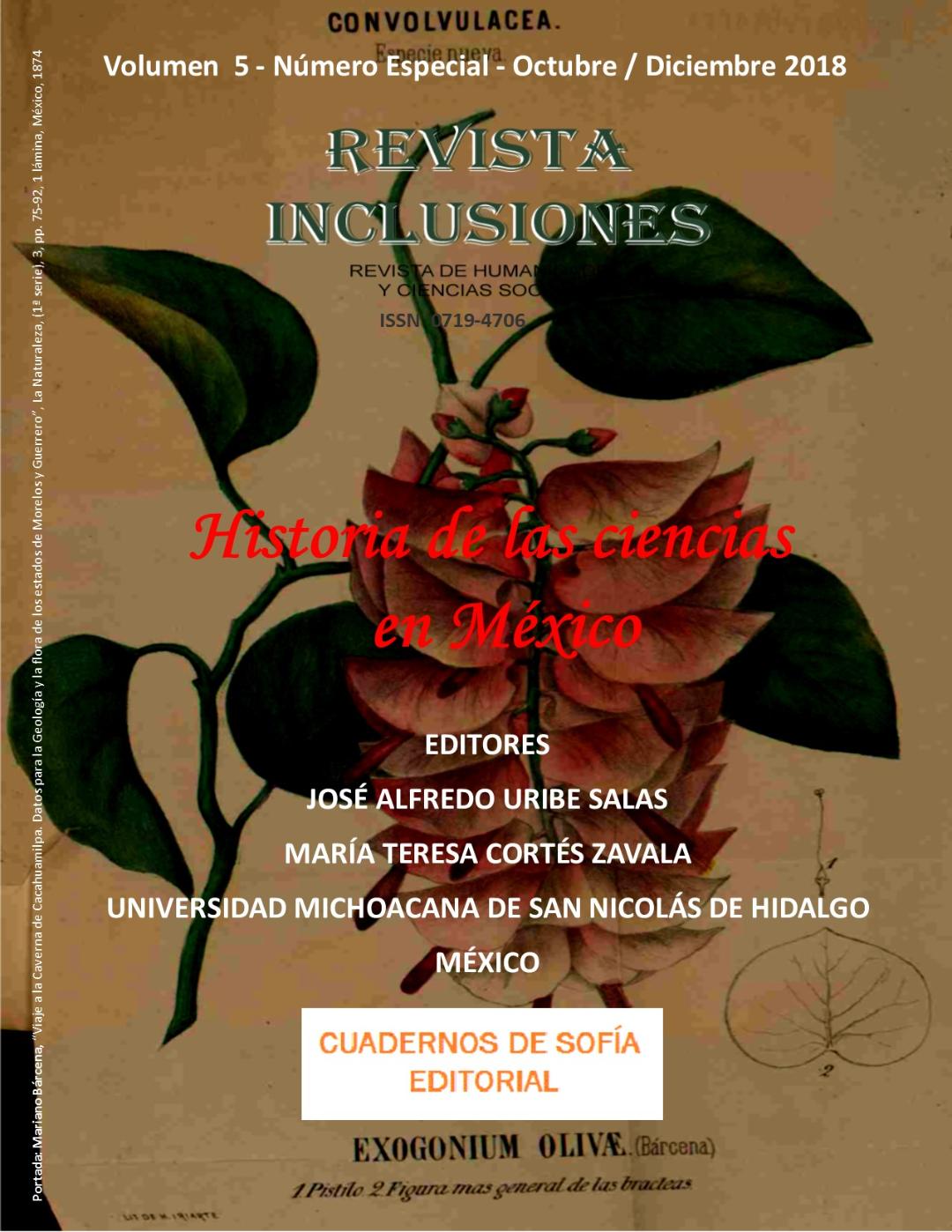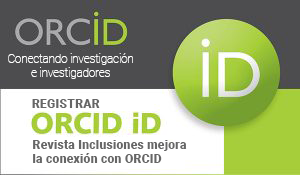THE SCIENTIFIC VULGARIZATION IN MEXICO: THE “LA LEYENDA Ó NOVELITA” OF JOSÉ JOAQUÍN ARRIAGA (1831-1896)
Keywords:
History of science, Science popularizarion, José Joaquín ArriagaAbstract
In the last decades of the 19th century, education was a central concern in Mexican society, when it attempted to restructure its base for the purpose of teaching sciences, considered the engine of the major transformations that the country needed, like in industry and public health. During this period, journalism has expanded significantly and reached a great variety of topics, reaching all social groups and stimulating reading. Many magazines and periodicals were well defined and specialized subjects and were aimed at a select audience, the intellectual elite and various other sectors of society, including the workers and the children. In this context, literary newspapers of children played an important role in the popularization of scientific knowledge, putting numerous scientific knowledge accessible to the children. The so-called “vulgarizadores” of sciences sought to communicate their knowledge to the public in general, especially to the working classes and the children. They were imbued with the idea of a science for everyone and the conviction that science was an instrument for knowledge of new nations and for the formation of persons. Here we highlight La Ciencia Recreativa, publication dedicated to children and the working class, published between 1871 and 1879 by the topographer José Joaquín Arriaga (1831-1896), who tried to spread the scientific knowledge of cosmography, mineralogy, meteorology, physics, botany, zoology, geography and industrial agriculture.
Published
Versions
- 18-01-2021 (2)
- 14-05-2018 (1)
How to Cite
Issue
Section
Copyright (c) 2018 Dra. Maria Rachel Fróes da Fonseca

This work is licensed under a Creative Commons Attribution-NonCommercial 4.0 International License.
Los autores retienen los derechos de autor y otorgan a Revista Inclusiones el derecho de publicación bajo Creative Commons Attribution 4.0 International (CC BY 4.0). Esto permite el uso, distribución y reproducción en cualquier medio, siempre que se otorgue la debida atribución al autor.











